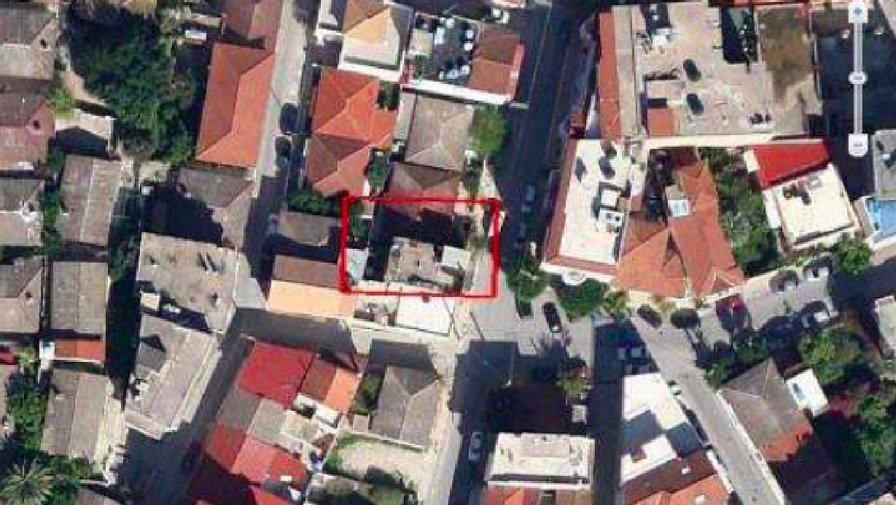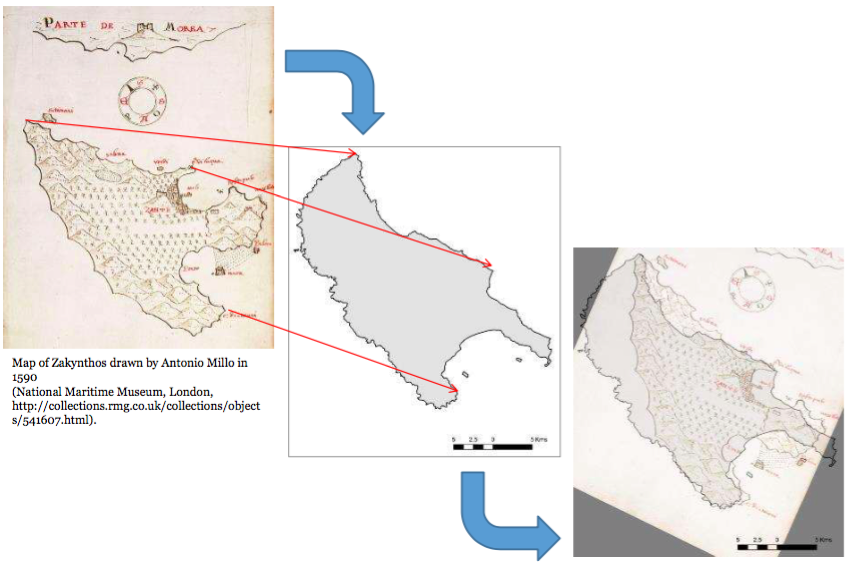
Where exactly is the grave of Andreas Vesalius? At the unlikely crossroads of anatomy, archeology and cartography, this historical mystery could soon be solved. But not without a final crowdfunding effort.
It’s a mystery tinged with in irony. Vesalius (1514-1564) popularised autopsies and (unwittingly) kicked off the centuries-long trend of ‘resurrectionism’: snatching bodies for dissection by medical students.
Now it’s his own grave that scientists are after, and their search involves a studious postmortem of the landscape where he was buried, with ancient maps as material evidence.The search started some time before 2014, the 500th anniversary of Vesalius’s birth. To celebrate that event, medical artist Pascale Pollier set out to reconstruct the face of Vesalius, from his actual skull – a fitting tribute to the father of modern anatomy. But where was that skull? The historical record showed that Vesalius died on the Greek island of Zakynthos. And that’s where the trail went cold.

16th-century map of Zakynthos, transposed on a topographically accurate modern map.
It’s fair to say that few scientists have been as consequential for the development of modern science – in particular medical science – as Vesalius. So how could his last resting place have been neglected, forgotten and ultimately lost?
Born in Brussels to a family of apothecaries and physicians, Andries van Wesel later latinised his name to Andreas Vesalius, as was the fashion among Renaissance scholars. He studied anatomy in Paris and Louvain, where he famously robbed a corpse from a gibbet outside the city walls in order to procure a complete skeleton.
He obtained his doctorate in Padua in 1537, then immediately received a professorate there, teaching surgery and anatomy.His seminal work is the seven-volume De humani corporis fabrica (‘On the Fabric of the Human Body’), published in Basel in 1543, when Vesalius was just 29 years old. The book is a milestone in the transition from the symbolic approach to medicine to an empirical one. With his insistence on learning via dissection of the human body, Vesalius not only improved upon, but even superseded Galen, whose teachings on medicine had been authoritative for over a millennium, despite the fact that Galen’s autopsies on Barbary macaques were as close as he got to human anatomy.
The Fabrica has been called “the most beautiful medical book ever published”, combining the best science, art and typography that 16th-century Europe had to offer. In 2011, the only completely coloured first-edition copy of the Fabrica known to exist (probably the one presented by Vesalius to Charles V in the autumn of 1543) sold at Christie’s for over $1.6 million, more than double the highest estimate of $600,000. Because the colouring was most likely carried out under the supervision of Vesalius himself,…
The post Anatomy of a Grave-Hunt appeared first on FeedBox.